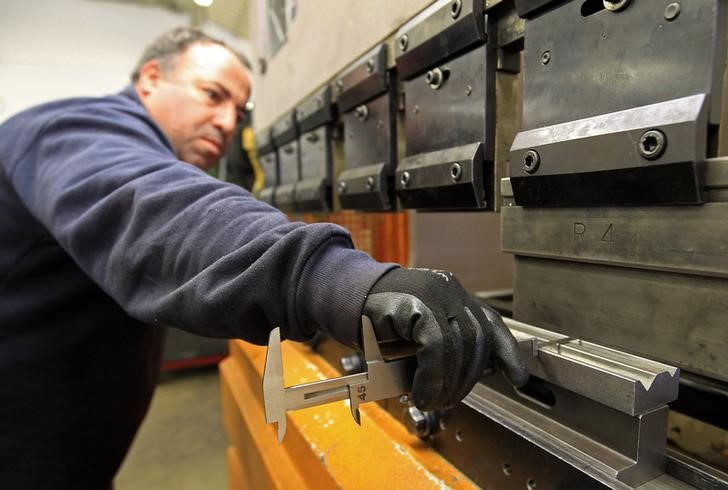By Padraic Halpin
DUBLIN (Reuters) - Ireland's unemployment rate dropped below 10 percent for the first time in more than six years at the end of March, a milestone that will boost the government as it gears up for an election due in 2016.
The number of people out of work fell to 9.9 percent, the central statistics office said on Thursday, well below the euro zone average of 11.3 percent.
Employment has been growing strongly since the jobless rate peaked at 15.1 percent in early 2012, when Ireland was in an international bailout. It completed the bailout programme 18 months ago and has since become the fastest-growing economy in the European Union.
"Today's news is an important milestone which gives us confidence that the plan is working," Ireland's jobs minister Richard Bruton said in a statement.
The number of people in work rose by 12,500, or 0.6 percent, in the first quarter from the previous three months. That was slightly less than a gain of 13,000 in the fourth quarter of 2014.
The government has forecast that the unemployment rate will fall to 8.8 percent in 2016 when it is due to seek re-election.
A year ago economists expected it would take until well into 2016 for unemployment to fall below 10 percent.
Ireland's economy grew by 4.8 percent last year, its best performance since 2007 and the fastest growth in the EU as it rebounded from a debt crisis that forced the government into years of steep tax hikes and deep spending cuts.
The improved economy allowed the government to call time on austerity last year and Finance Minister Michael Noonan promised five years of tax cuts and extra spending last month when he nudged up the government's growth forecasts for 2015 and 2016.
Ireland is due to hold an election next year but if the economy continues to perform well the government could call it by the end of this year.
The governing parties have pinned their hopes of re-election on their record on job creation and on voters starting to feel the benefits of the expanding economy, not frustration over what many see as an uneven recovery.

Employment increased in 10 of the 14 economic sectors in the year to the end of March, the central statistics office said, driven by a 19.1 percent jump in construction workers and a 4.7 percent rise in financial and real estate employees.